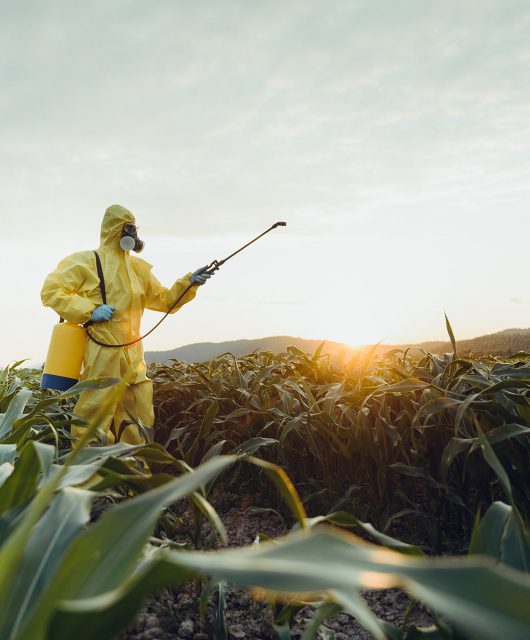Bats are important to us in so many ways. In addition to their critical ecological role as pollinators and insectivores, bats benefit humans in ways that we don’t normally think about: by contributing to science!
FLIGHT
Bats are the only mammals with true, powered flight. Unlike birds, which fly by moving the bones where the wing connects to the body, bats use their hands to fly. In addition to moving each finger individually, their wing membrane consists of tiny muscles that can shape the membrane in fine detail. These amazing adaptations allow bats to quickly change direction mid-flight. Bats have amazing precision and control over their flight path. This helps them to navigate through cluttered habitats, like dense forest, or in groups with thousands of other bats without flying into anything or each other. Engineers and biologists are working together to create machines that can fly with the same precision bats do. We have much to learn from these special, flying mammals.
ECHOLOCATION
Another great adaptation of bats is that many species have a natural sonar to help them navigate in the dark of night. Using echolocation allows bats to create an ‘image’ in their mind of obstacles in their surroundings, but it is so precise that they can even detect tiny insects and sneak up on their unsuspecting prey. This technique has already been adopted by people for use in submarine navigation and ultrasounds for pregnant women to examine their unborn babies, but experiments are also being done to develop echolocation technology to help blind people ‘see’.
IMMUNOLOGY
Amongst the mammals, bats may be carrying the most zoonotic diseases (diseases that can spread from other animals to people). Some diseases that have been associated with bats recently are ebola and rabies. Initially this is something that scares people, due to the health risks involved when coming in contact with bats. However, bats offer a great opportunity for researchers to learn about the immune system. If they can figure out why bats can carry so many diseases without getting sick or dying, this may provide some clues as to how to cure these diseases in people as well.
ANTICOAGULANTS
Out of more than 1300 bat species worldwide, only 3 species, native to South and Central America, are vampire bats. These bats seek out large mammals, usually livestock, at night to feed off their blood. They land near or on the animal and make a small incision with their sharp teeth after which they lap up the blood. Vampire bats have an effective anticoagulant in their saliva to prevent the blood from clotting. This may all sound a bit creepy, but here too is something for scientists to study. Anticoagulant drugs are used as medication for thrombotic disorders (where the blood clots inside the body) and are used during surgery and procedures such as blood transfusions.
Thanks to Jordi Segers from the Canadian Wildlife Health Cooperative for this blog text






